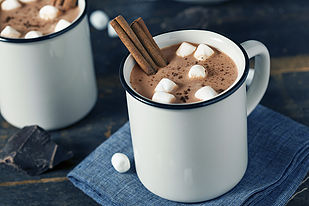January can be a cold and dark time of year in one sense, and yet bright and sparkly in another sense. Waking up with it being dark out, going to work, and getting back when it’s once again dark is something many of us have to deal with. On the flip side, during the day the sun is often shining and the snow glistening and that can also be a beautiful sight.
Something that we see all too often as veterinarians are the ‘winter weight gain’ in pets. If you’re anything like me, I like to hibernate in the winter and cozy up by the fire. We are frequently less active and don’t get outside as much. This decrease in activity often results in a few extra pounds for our pets. Weight management is largely influenced by diet and caloric intake. While exercise plays an important role in a pet’s health, the majority of weight control is controlling one’s food intake. Measure out how much you are feeding your pet daily. If you know your pet is less active during the winter months and packs on a few extra pounds, consider decreasing their feeding amounts during these months. Regularly weight your pet to monitor their progress. This will help keep your pet in tip-top shape, reduce their risk of arthritis, diabetes, and other age-related diseases.

